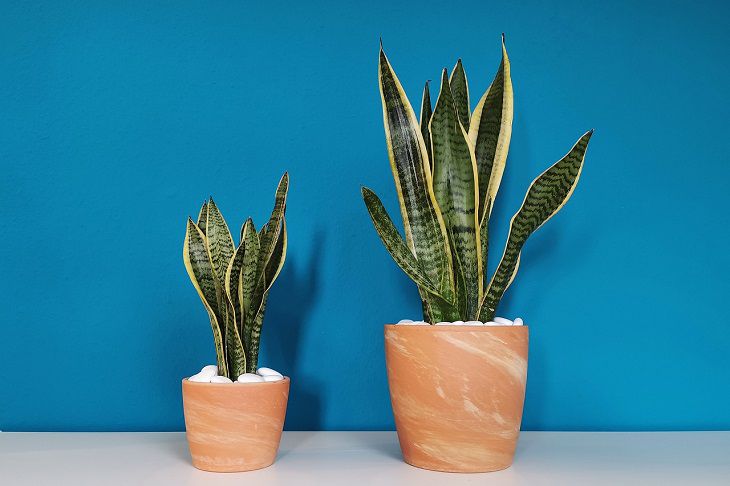Your houseplant needs a new pot: Transplanting tips
If you love houseplants, then you probably know that they can grow pretty quickly, so their old pots can become too small for them eventually.
It's not always easy to spot this moment, though - you can't see the roots, so you can't always tell whether it's time to transplant it.
Here are some tips that might help you.
Root Overcrowding
Take a look at the bottom of your plant's pot.
If you see a lot of roots poking out through the drainage holes or circling around the edges of the pot, it's a sign that the plant has outgrown its current home.

The roots need more space to spread out and grow.
Stunted Growth
If your plant's growth seems to have slowed down or it's not growing as vigorously as before, it could be an indication that it needs a larger pot.
When the roots become cramped and have less room to grow, the plant's overall growth can be affected.
Watering Difficulties
Have you noticed that your plant is drying out more quickly than usual, or that water is sitting on the surface for longer periods?
This could be a sign that the potting mix is too compacted and unable to absorb water properly.
Repotting can help improve the soil's water-holding capacity.
Root Bound
Gently remove your plant from its pot and check the root system.
If you notice a tight mass of roots encircling the root ball, it means the plant has become root-bound.
This happens when the roots have completely filled the pot, leaving no room for further growth.
Transplanting will give the roots more space to thrive.
Top-Heavy or Tilting Plant
If your plant is top-heavy and frequently tilts or falls over, it may be an indication that the root system is struggling to support the plant's weight.
Transplanting it into a larger pot with fresh soil can help provide better stability.
